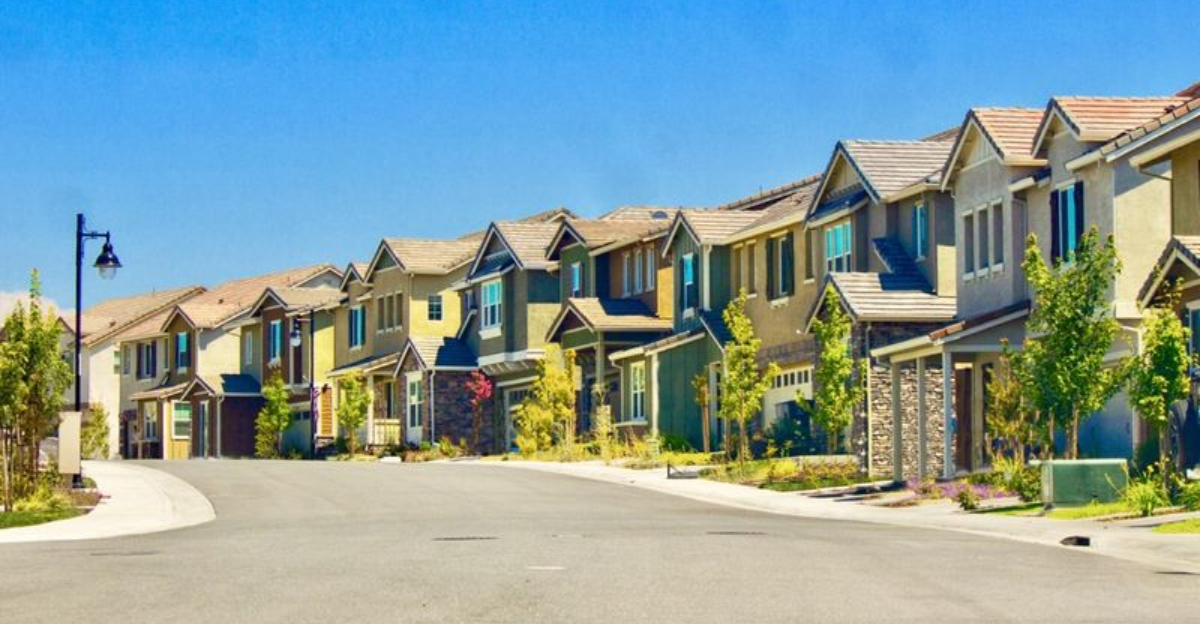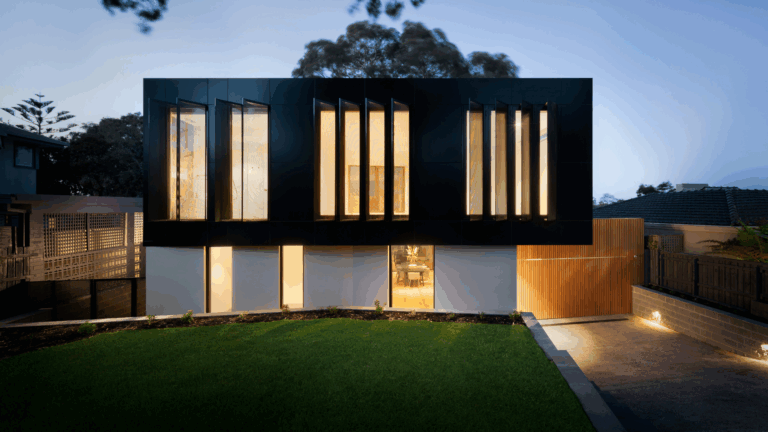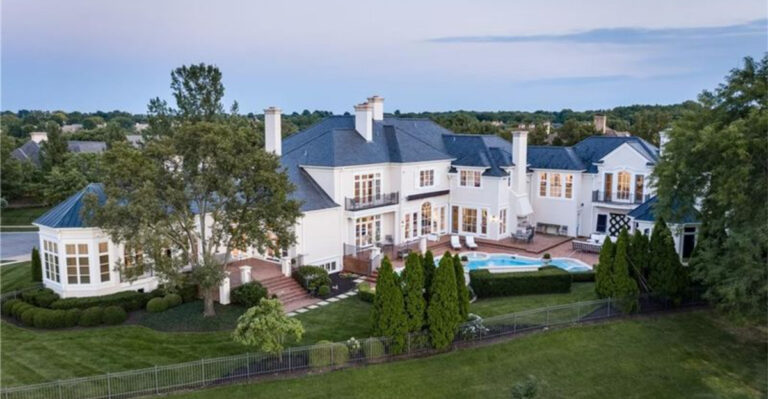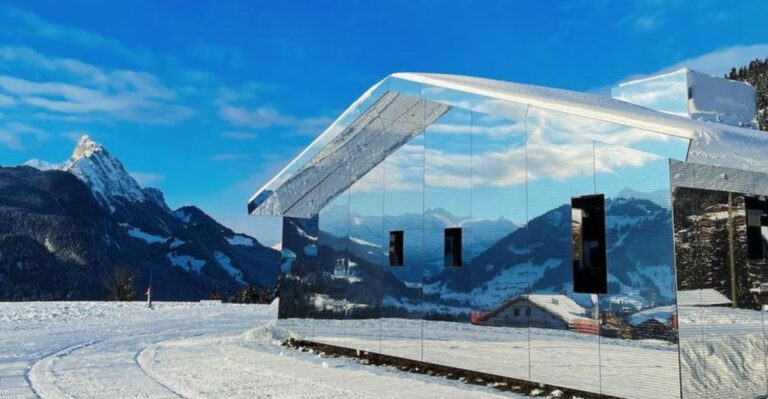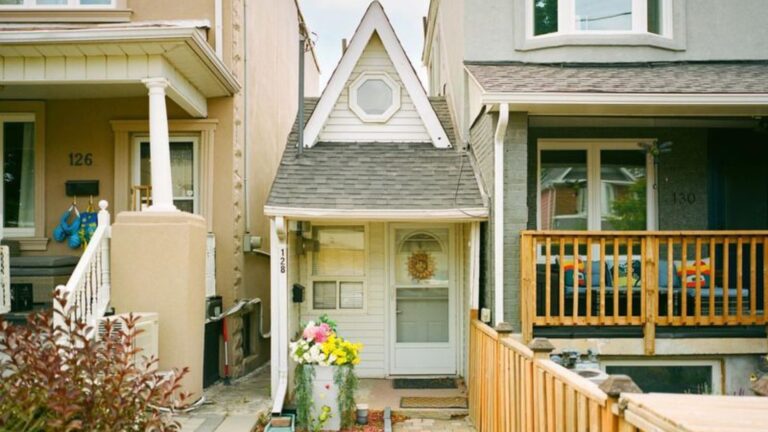10 American Home Styles That Will Be Considered Obsolete by 2030 Plus 5 We Want Gone Immediately
The American housing landscape is constantly evolving, with once-popular architectural styles falling out of favor as tastes and needs change.
Some home designs that were all the rage decades ago are now headed for extinction as buyers seek more functional, sustainable, and aesthetically pleasing living spaces.
Here’s a look at which familiar housing styles are on the decline—and which ones deserve retirement immediately.
1. McMansions
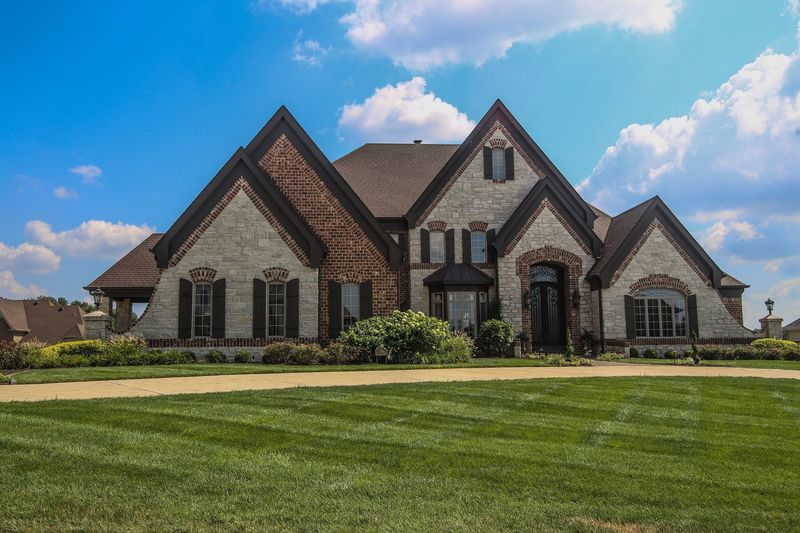
Remember those oversized suburban behemoths that screamed ‘I’ve made it’ in the 1990s and 2000s? With their mismatched architectural elements and cavernous, rarely-used formal rooms, these status symbols are falling from grace fast.
Modern homeowners are increasingly prioritizing quality over quantity, seeking thoughtful designs rather than sheer square footage. The maintenance costs alone are driving the final nails in the McMansion coffin!
2. Tuscan-Inspired Homes
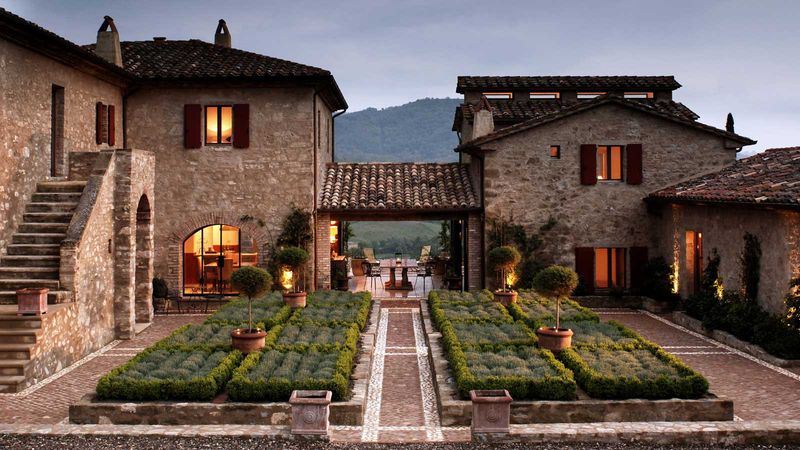
Those faux-Mediterranean villas with their terracotta roofs and ornate wrought iron details are becoming yesterday’s news. Once considered the epitome of luxury, the heavy, dark interiors and overly ornate features now feel dated and impractical.
The maintenance headaches of all those decorative elements aren’t worth the hassle in our increasingly busy lives.
3. Open Concept Everything

After years of knocking down walls with abandon, we’re experiencing collective open-concept fatigue. The pandemic revealed the fatal flaw in these layouts: zero privacy when everyone’s home simultaneously.
Cooking odors wafting throughout the entire house and the inability to escape the noise of others have homeowners craving defined spaces again. The pendulum is swinging back toward separate rooms with actual doors you can close!
4. Cookie-Cutter Vinyl Villages
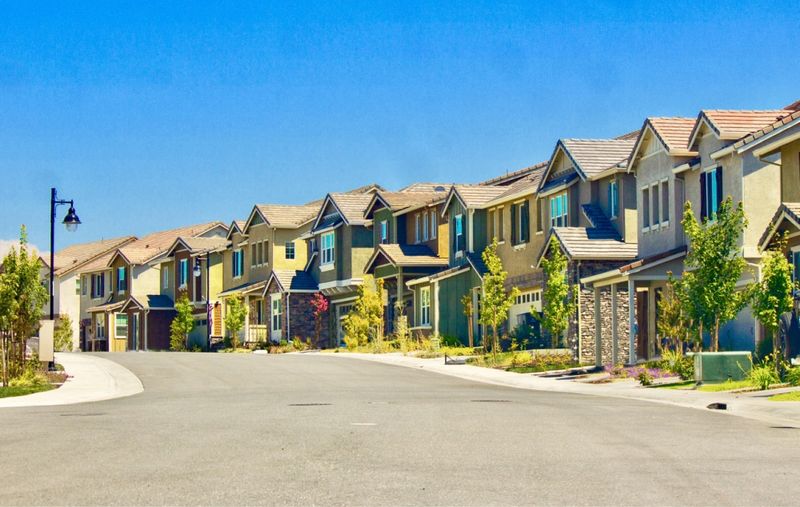
Driving through neighborhoods where every third house is virtually identical except for the color has become a depressing American reality. These vinyl-clad clone homes with their paper-thin walls and cookie-cutter designs scream “built to minimum standards.”
As sustainability and individuality become more important to homebuyers, these cookie-cutter developments are losing their appeal. People want homes with character, not just another box in a row.
5. Shabby Chic Farmhouse
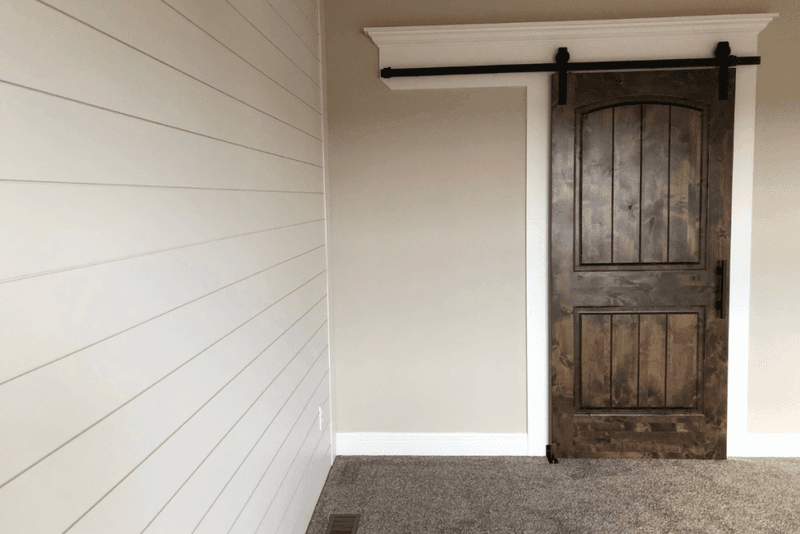
Blame it on certain TV home renovation shows, but the white-washed everything, barn doors on every opening, and “live laugh love” signs are already feeling tired. This once-fresh take on country living has become so ubiquitous it’s lost all originality.
The shiplap pandemic is finally showing signs of containment! Homeowners are realizing that maintaining all that white in a family home is impractical, and those sliding barn doors offer zero sound privacy.
6. Carpet Everywhere

Wall-to-wall carpeting throughout the entire house is quickly becoming a relic of the past. The allergen-trapping, stain-magnet flooring that once dominated American homes is being ripped out at record rates.
The shift toward hardwood, luxury vinyl plank, and tile reflects our growing awareness of indoor air quality and the desire for easier-to-clean surfaces.
7. Closed-Off Kitchens
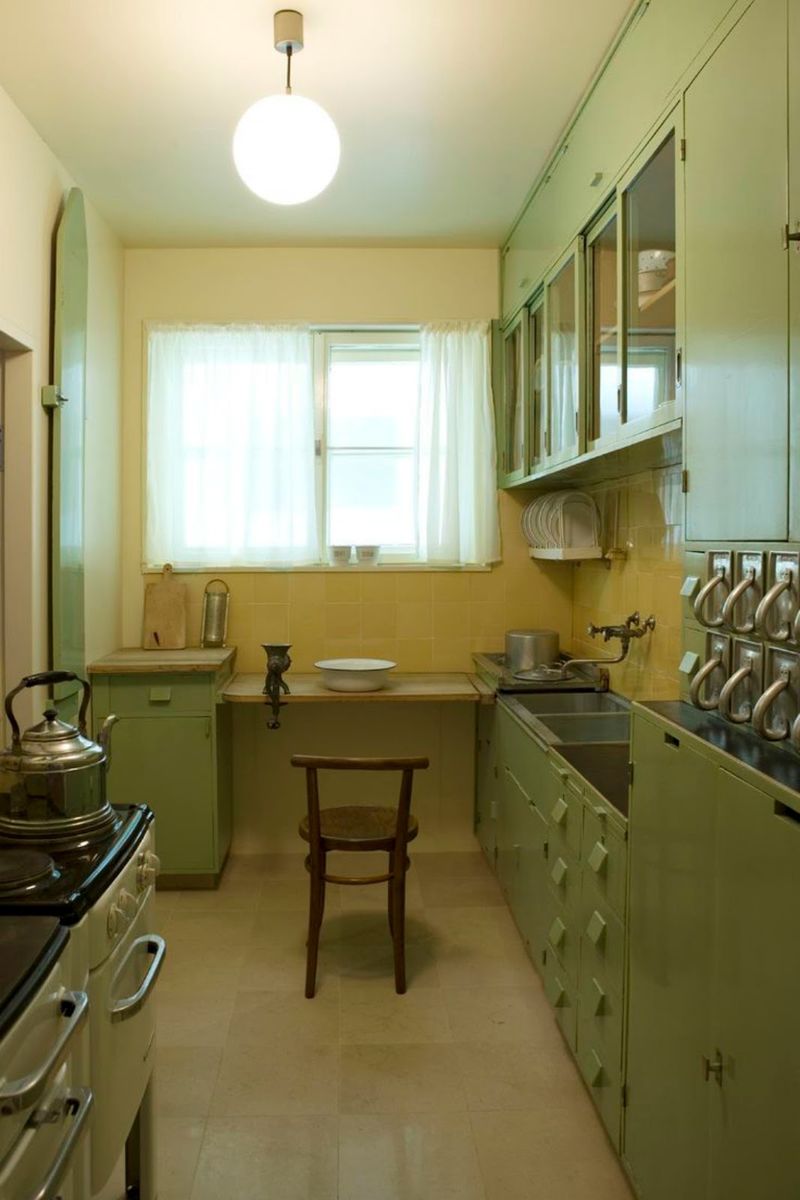
While open concept might be getting some pushback, the completely closed-off kitchen is definitely on its way out. Those tiny, isolated cooking spaces with minimal counter space and poor lighting no longer fit how we live and entertain.
Modern homeowners want kitchens that balance connection with containment – perhaps visible to living areas but with some separation. The days of banishing the cook to a hidden room are numbered!
8. Formal Living Rooms
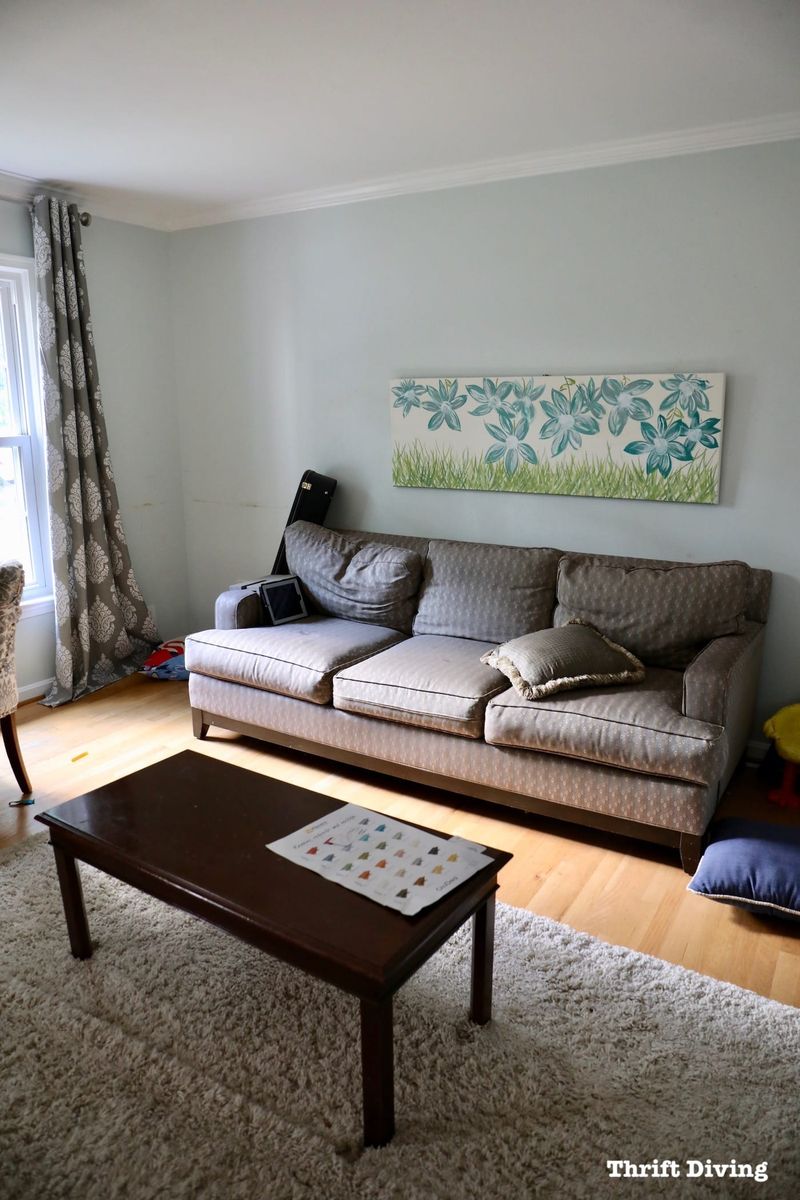
Those pristine, barely-used spaces reserved only for “company” are becoming dinosaurs in modern home design. Families are questioning why they’re paying mortgage on rooms they enter twice a year.
The formal living room with its plastic-covered furniture and don’t-touch-anything vibe is giving way to flexible, multipurpose spaces. Modern homeowners want every square foot to earn its keep through regular use.
9. Sunken Living Rooms
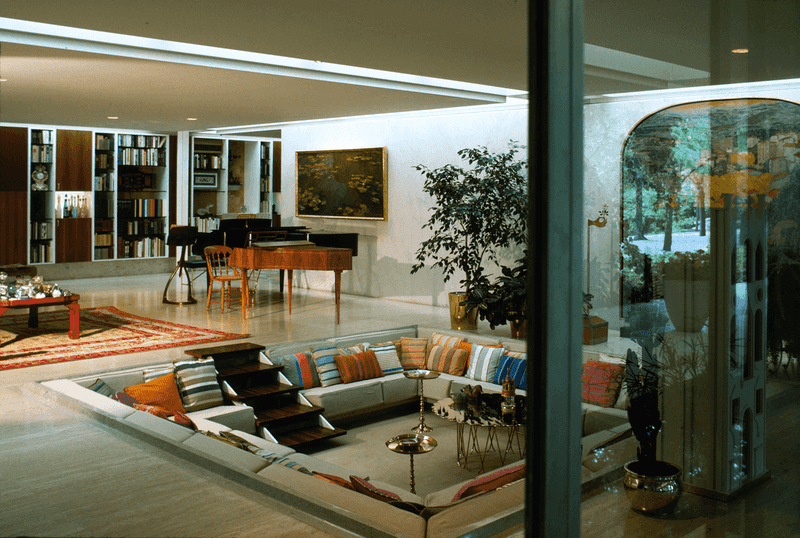
Once the height of 1970s sophistication, these conversation pits and stepped-down living spaces are increasingly viewed as hazardous design features. The unexpected steps create tripping hazards for children, elderly visitors, and anyone glancing at their phone.
Beyond safety concerns, these architectural features make furniture arrangement challenging and limit flexibility. As aging-in-place becomes a priority, these single-level changes within homes are falling rapidly out of favor.
10. Tiny Bathrooms

Those claustrophobic bathrooms where your knees touch the wall when sitting on the toilet are becoming deal-breakers for homebuyers. As self-care and home spa experiences gain importance, these cramped spaces feel increasingly inadequate.
Homes with bathrooms that barely fit a standard tub are being overlooked in favor of properties with more generous bathing spaces.
11. Popcorn Ceilings

Good riddance to the asbestos-laden nightmare that is popcorn ceilings! These textured monstrosities collect dust, are impossible to clean, and date a home faster than wood paneling.
Beyond their dated appearance, many popcorn ceilings installed before the 1980s contain asbestos, making them a health hazard. More people are opting to scrape away the bumpy texture in favor of smooth finishes that don’t release particles when disturbed.
12. Tub/Shower Combos with Sliding Doors
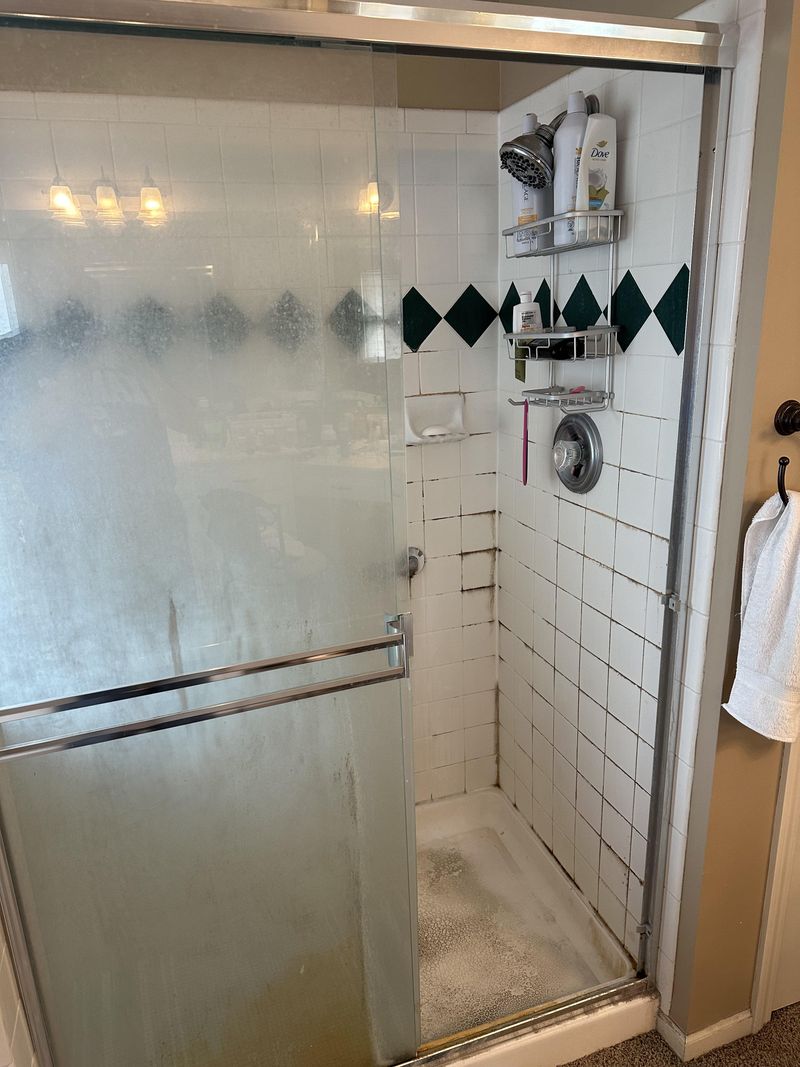
Nothing says “builder-grade bathroom” quite like those metal-framed sliding shower doors on a standard tub. The tracks inevitably collect mold, the doors constantly jump their tracks, and cleaning the overlapping glass panels requires contortionist skills.
Lots of people are replacing these nightmares with walk-in showers or freestanding tubs paired with shower curtains or frameless glass. The dated combo units are increasingly viewed as bathroom design failures.
13. Wallpapered Bathrooms

Floral wallpaper peeling at the seams is the unmistakable calling card of the outdated bathroom. The moisture-prone environment makes traditional wallpaper a maintenance nightmare, with edges curling and mildew forming beneath.
Now, we are opting for large-format tile, waterproof paint, or newer vinyl wallcoverings specifically designed for wet areas. Those busy patterns that were once the height of bathroom fashion now scream “renovation needed!”
14. Shag Carpeting
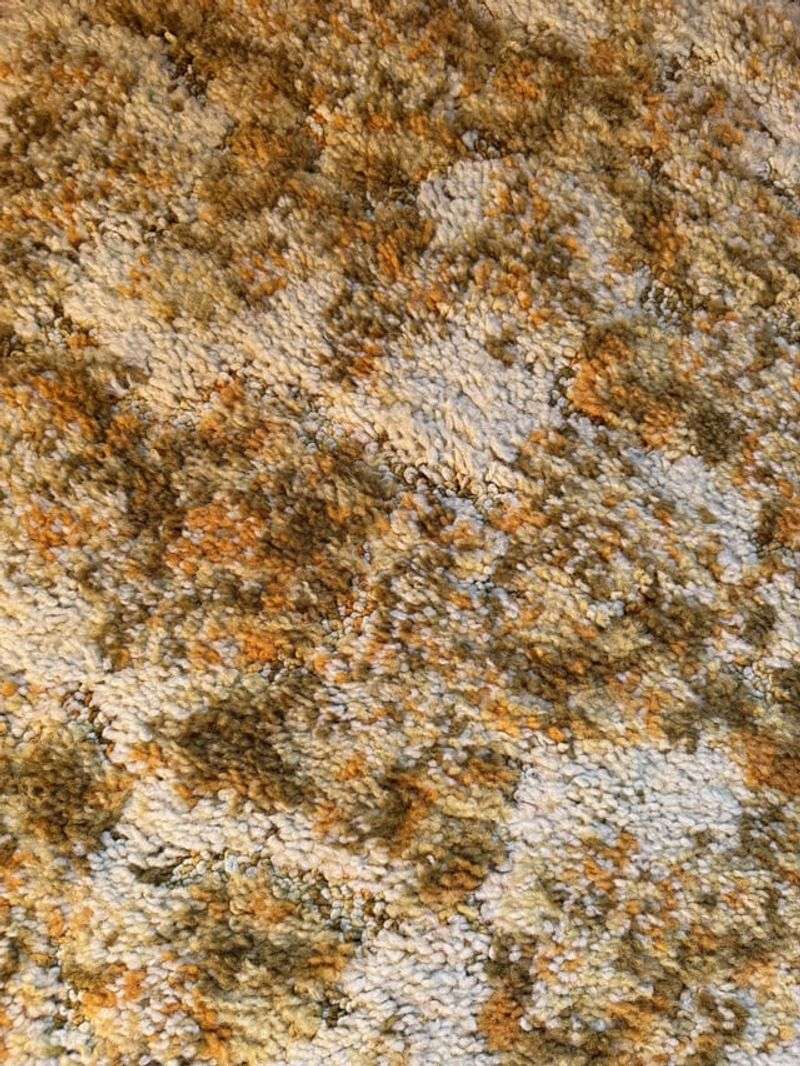
Once the pinnacle of 1970s luxury, shag carpeting has fallen dramatically from grace. Those deep-pile floor coverings that trapped everything from dust to small toys now make potential homebuyers run screaming.
Beyond being impossible to clean thoroughly, shag carpeting has become a symbol of outdated design. Even nostalgic design trends have their limits, and this high-maintenance floor covering appears to have reached the point of no return.
15. Mirrored Walls
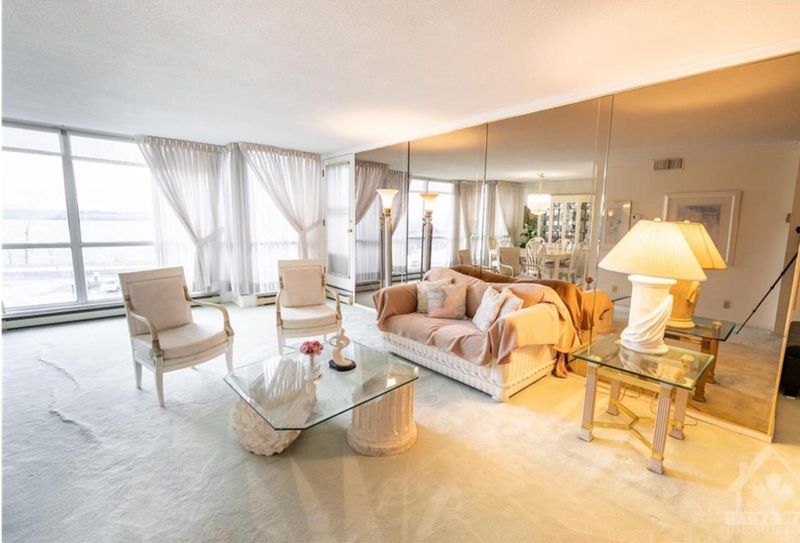
Those floor-to-ceiling mirrors that were supposed to make spaces feel larger have instead become dating landmarks for decades-old decor. Walking into a room and seeing yourself from multiple unflattering angles is nobody’s idea of comfortable living.
The disco-era fascination with reflective surfaces has given way to more subtle approaches to visually expanding spaces.

